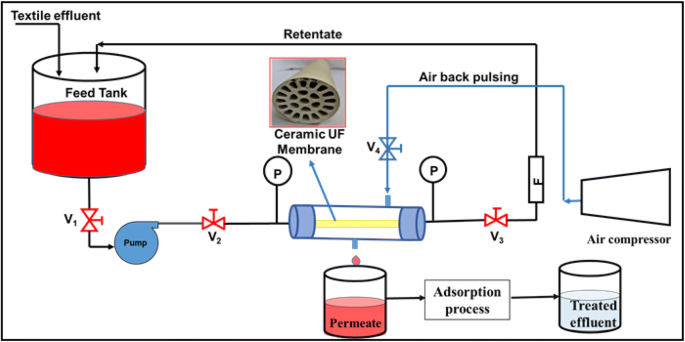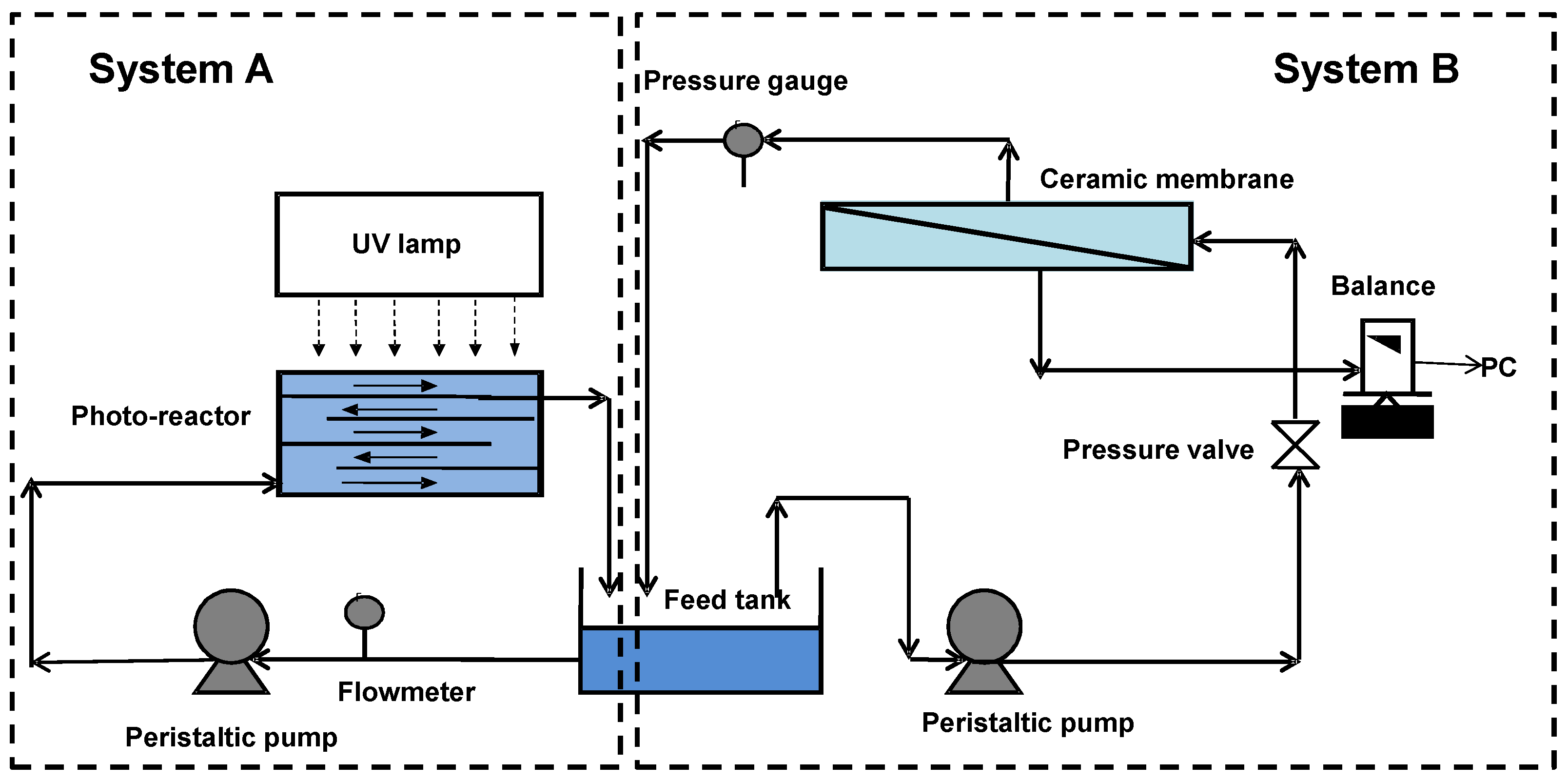In this review article the key types of ceramic membranes that are applied in water and wastewater treatment are described and analysed.
Ceramic membranes in wastewater distillation.
With increasing concerns about the energy crisis and clean water shortage anaerobic membrane bioreactor anmbr treating wastewater is one of the promising technologies on account of energy production nutrients recovery potential and good quality of effluent even under unfavorable condition full scale 4 5 and pilot scale anmbrs 6 7 are already used in high.
Its application in wastewater treatment is emerging more and more but despite its great potential for the realization of zero liquid discharge systems many advances are still needed for its acceptance by industrial operators.
Hydrophobic titania ceramic membranes 300 kd were prepared by grafting of c6f13c2h4si oc2h5 3 and c12f25c2h4si oc2h5 3 molecules and thus applied in membrane distillation md process of nacl solutions.
Membranes review ceramic microfiltration membranes in wastewater treatment.
The presence of organic hydrophilic materials in the wastewater leads to the blockage of large pores in membranes and fouling but ceramic membranes with good resistance during cleaning with chemical agents yue et al 2015 allow the membranes to recycle during first stage and result in good performance mei et al 2017 yue et al 2018.
The well thought out designed and implemented use of membranes can decrease capital.
Membrane distillation md has been around since the 1960s but only recently it has been widely studied mainly for desalination.
Membrane distillation md is a thermally driven membranous process and in the recent years it has received increasing attention in desalination.
Grafting efficiency and hydrophobicity were evaluated by contact angle measurement atomic force microscopy scanning electron microscopy nitrogen adsorption desorption and liquid entry.
Filtration behavior fouling and prevention mohammed wali hakami 1 abdullah alkhudhiri 2 sirhan al batty 1 myrto panagiota zacharof 3 jon maddy 3 and nidal hilal 4 1 chemical engineering technology department jubail industrial college jubail industrial city 31961 saudi arabia.
Common ceramic membranes including those made of alumina zirconia titania silica and zeolite are presented first where their advantages and disadvantages are compared and discussed.
To reduce the emission of radioactive waste water and reuse high value 10 b rich nuclear grade boric acid from a nuclear power plant a two step membrane process was proposed based on the combination of two types of ceramic membranes.

























